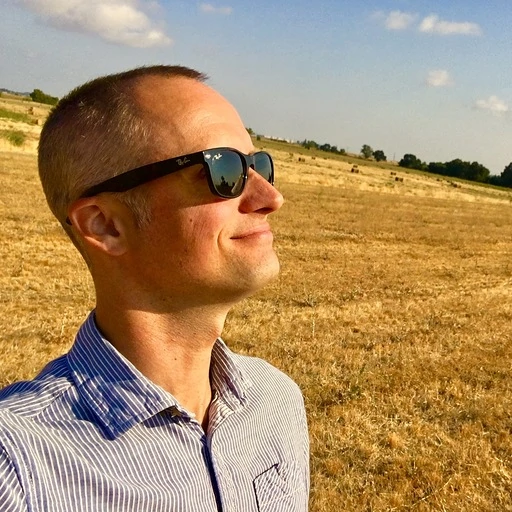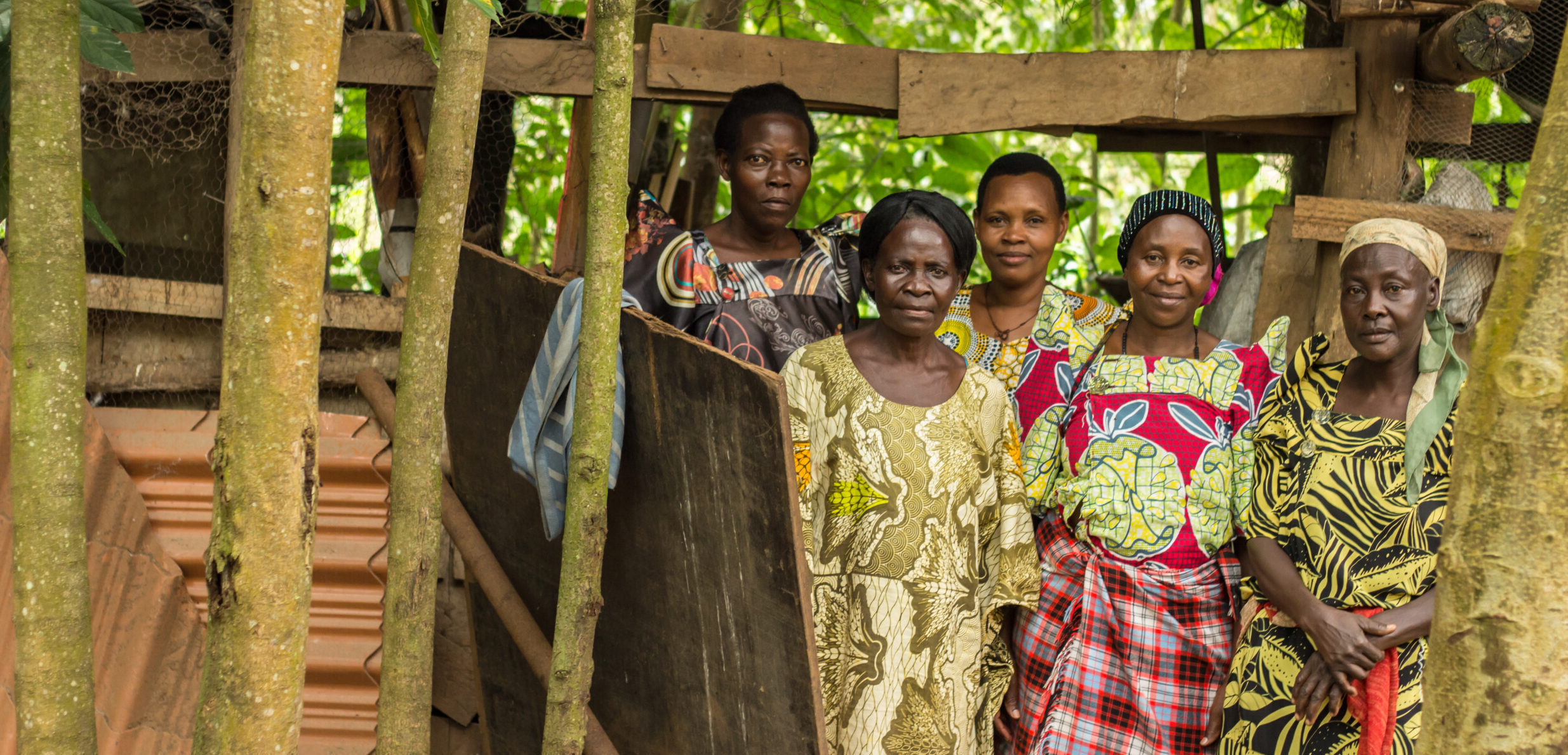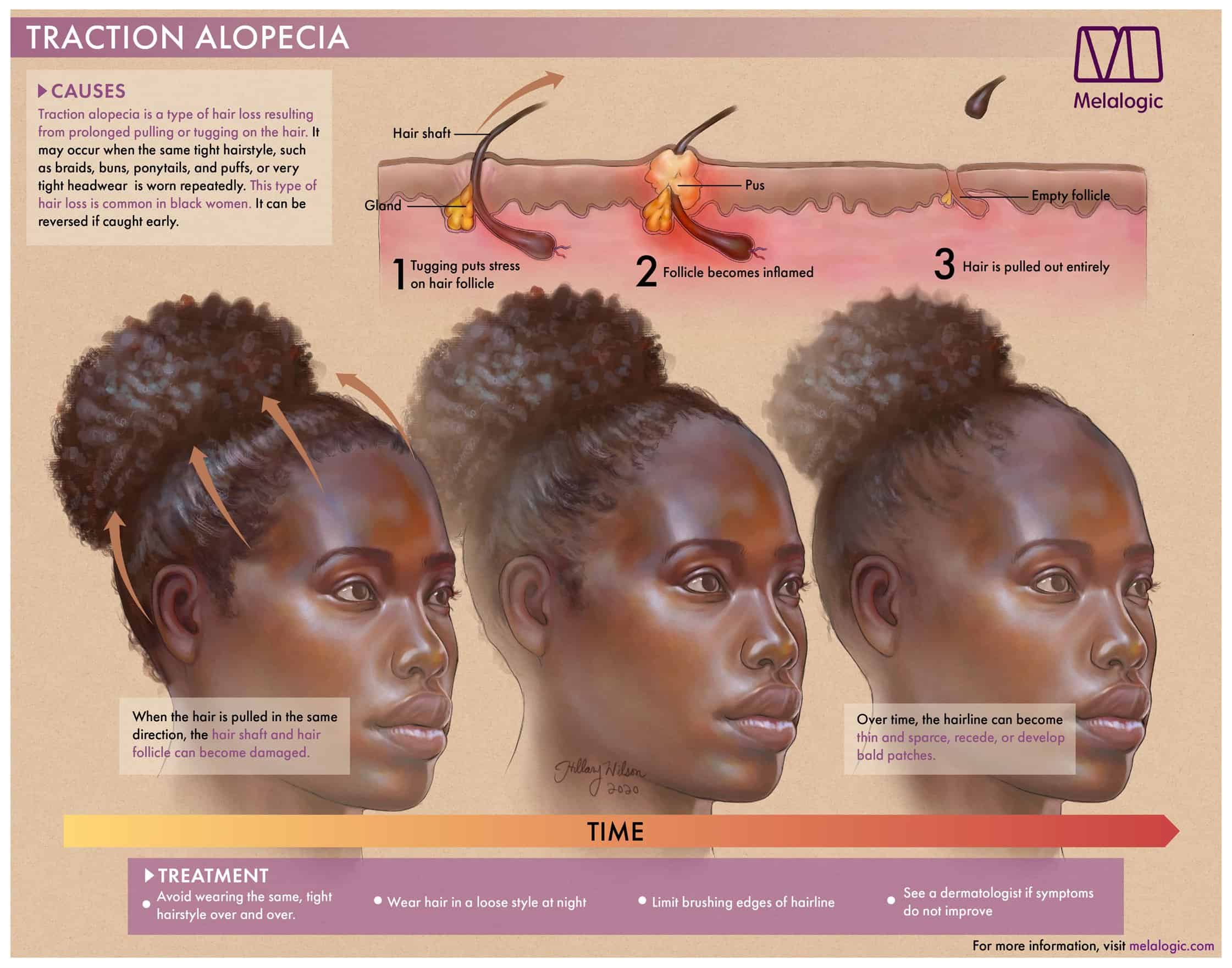Welcome back to our weekly behind-the-scenes glimpse at what’s getting our team talking. Let us know what you think at [email protected].
Far from the tree
Apples are the national fruit of the UK. But the industry, according to a New Yorker story that caught Contributing Editor Peter Yeung’s eye, is in crisis due to rising costs and overseas competition. Scientists are working to track apple varieties before they’re gone.
Peter says:
This is a fascinating piece on Britain’s encyclopedic variety of apples — there are more than two and a half thousand cultivars, the crisis of the British apple industry, and how a group of biologists is working to record and map every variety of apple tree.
Wild stuff
This week, Executive Editor Will Doig shared a High Country News story about a “bipartisan unicorn”: the Recovering America’s Wildlife Act. First introduced in 2021 and heading to the Senate again this year, the legislation would provide $1.3 billion for wildlife agencies and $97.5 million for conservation work by tribal nations annually.
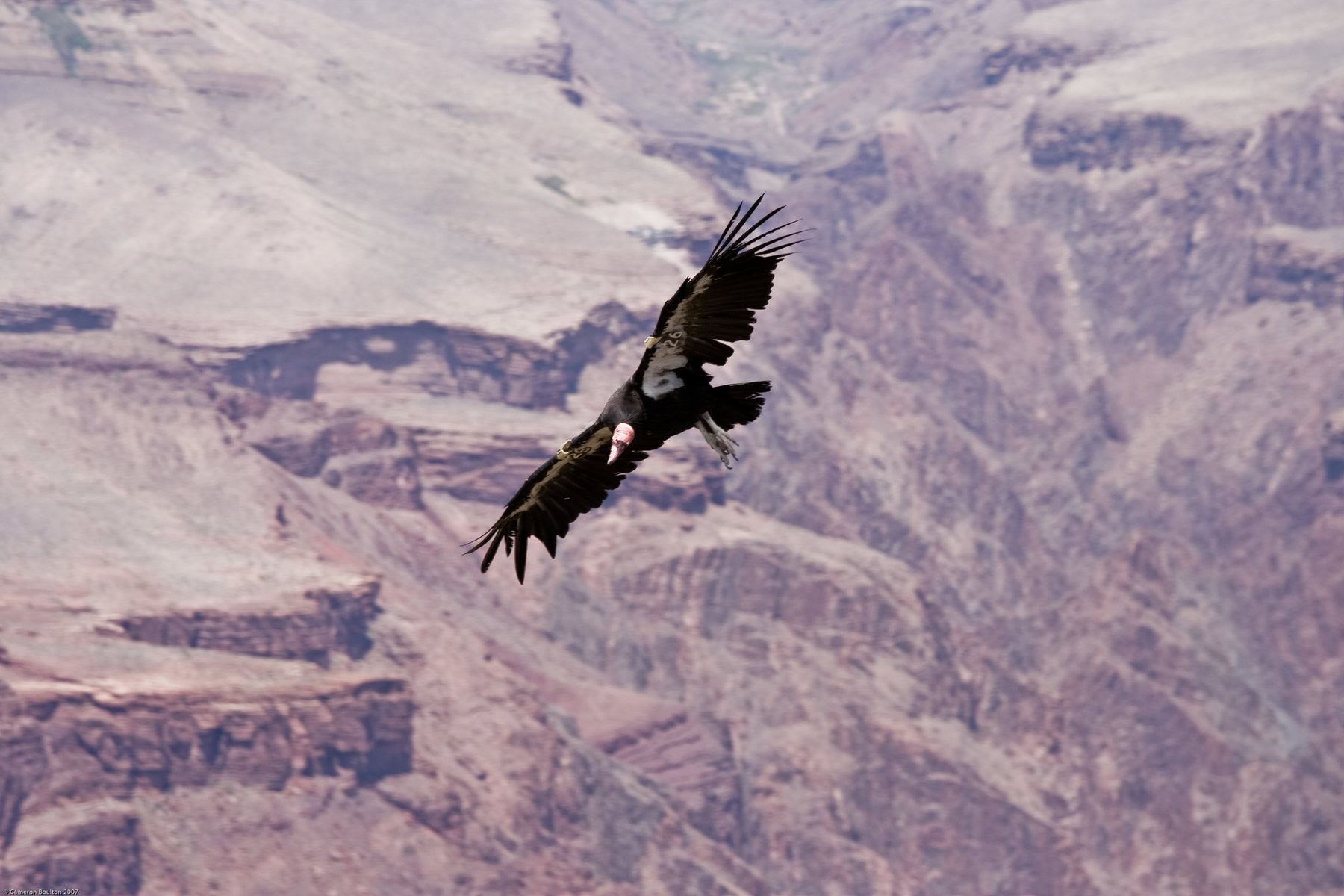
Will says:
This is the first I’ve heard about this legislation that would be a huge win for endangered species. The Recovering America’s Wildlife Act (RAWA) is coming up for a vote, and shockingly, it’s earning broad support from environmentalists, corporations, and both Democrats and Republicans. A more watered-down version is competing for its votes, but if RAWA can hold its momentum it will dramatically increase conservation funding, allowing for the protection of thousands more species than are currently protected.
What else we’re reading
🚰 Historic Agreement with the Federal Government and Arizona Gives Colorado River Indian Tribes Control Over Use of Their Water off Tribal Land — shared by Rebecca Worby from Inside Climate News
🛍️ What will it take to get companies to embrace reusable packaging? — shared by Contributing Editor Michaela Haas from Grist
❤️🩹 A crisis call line run by Native youth, for Native youth — shared by Rebecca Worby from the Hechinger Report
Elsewhere in our channels…
After RTBC reader Harry Johnson saw our recent story about Backyard Habitat certification, he wrote to tell us about a similar program where he lives in Brisbane, Australia. “Land for Wildlife” signs are much more common in rural areas than urban ones, Harry says, but he was granted “Land for Wildlife” designation for his urban yard, which he hopes will help encourage other urbanites to do the same.
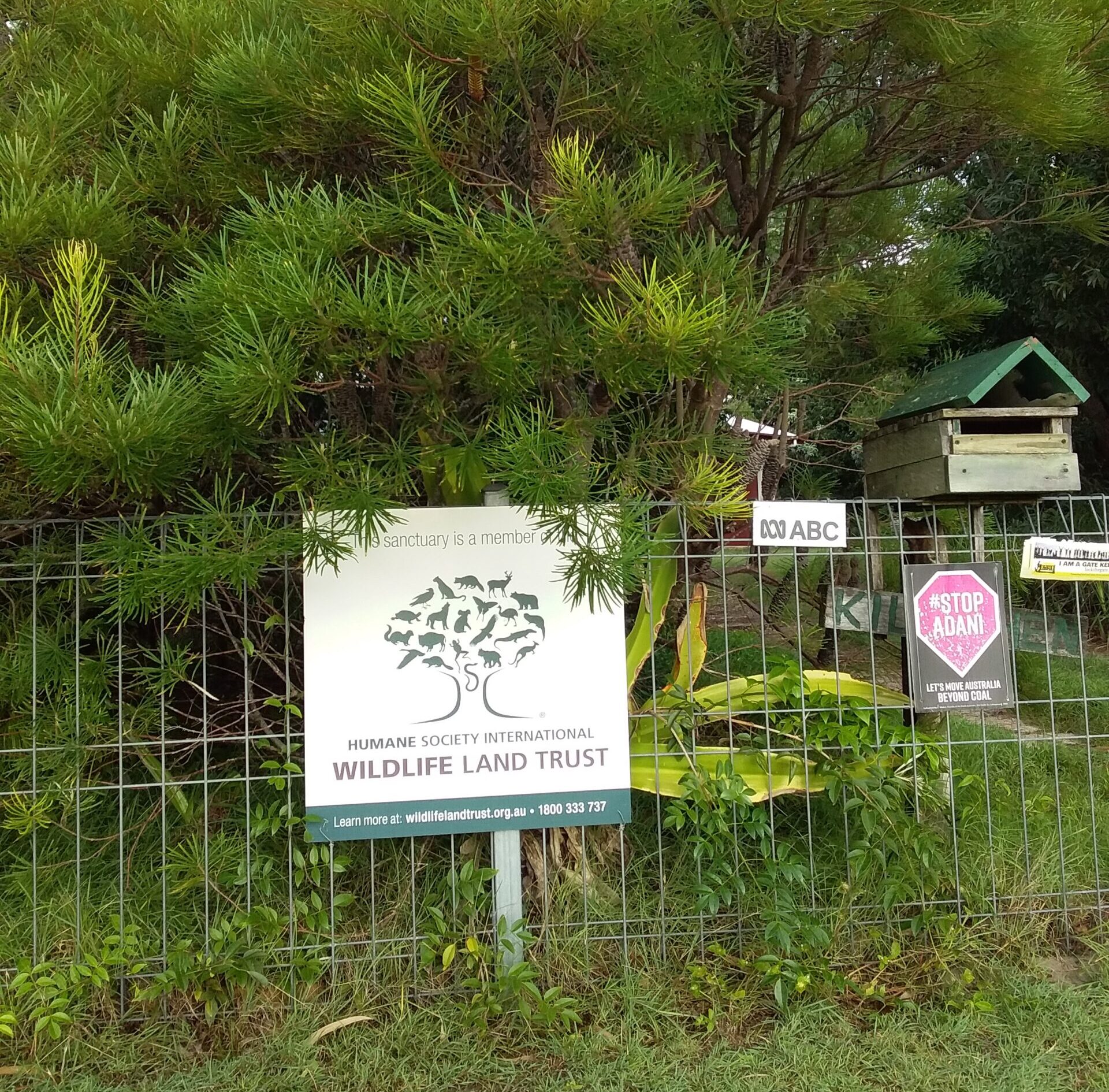
“Since our house was built 12 years ago we have planted many native groundcovers, shrubs and small trees, a lesser number of exotic plants, a vegetable bed and a few fruit trees,” he writes.


